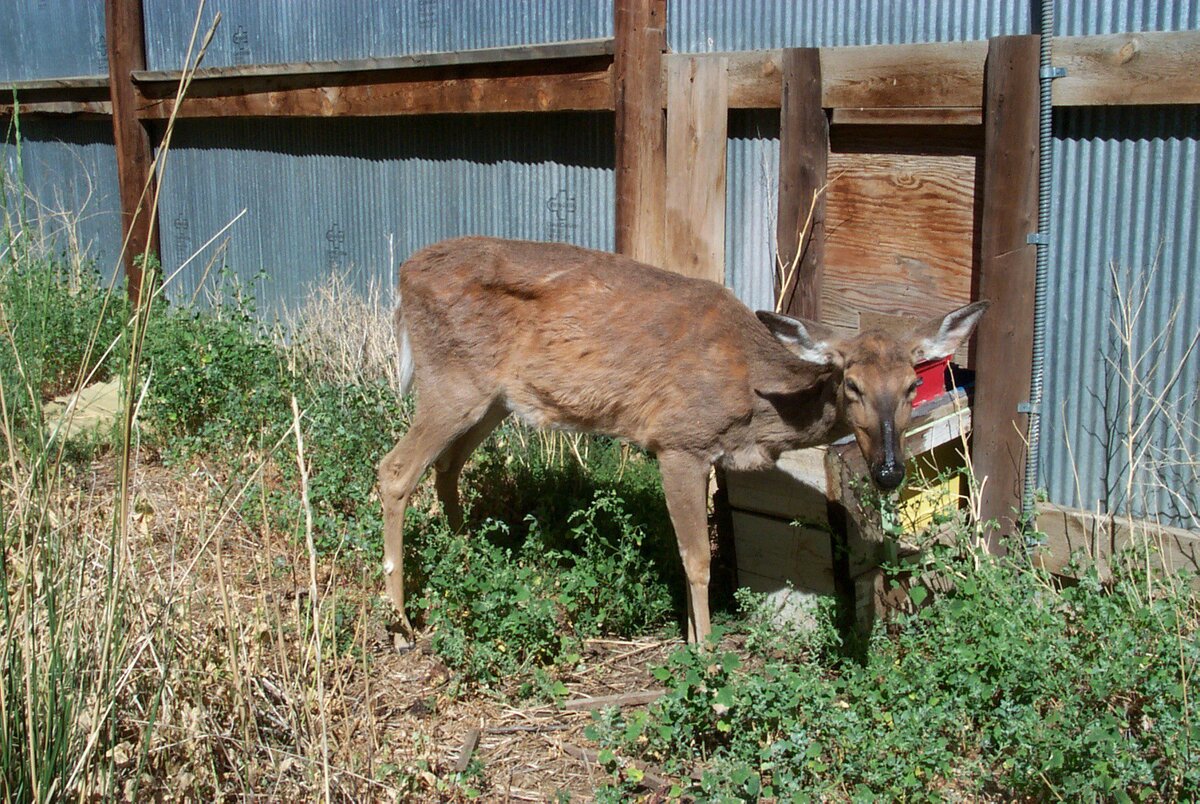If you’re a deer hunter, you’ve probably heard the term CWD. You may also know that it’s primarily a problem in other states, not yet found or reported in New England — and that it’s unsafe to eat deer infected with it. Here’s a quick rundown.
What exactly is it?
Chronic wasting disease, or CWD, has been on wildlife biologists’ radar for about 60 years. It was first discovered in a captive deer herd in Colorado in the 1960s, and within two decades it was identified in free-ranging wild deer.
CWD is one of a group of diseases known as transmissible spongiform encephalopathies, or TSEs. Other well-known TSEs include mad cow disease in cattle, scrapie in sheep and Creutzfeldt-Jakob disease in humans.
Cervids, which include members of the deer family such as white-tailed deer, elk, mule deer and moose, are all susceptible to the disease. CWD is neurological, highly contagious and causes severe brain damage, ultimately leading to emaciation and death.
All mammals produce normal proteins that are regularly broken down by cells. Infectious prion proteins, however, attack normal ones, causing them to misfold into an abnormal shape. These then accumulate, starting in the lymph nodes and spinal tissue, before reaching and compromising the brain.
No cases have been reported of CWD infecting humans, livestock or other species.
Moose are also susceptible to chronic wasting disease, and an outbreak could devastate Maine’s moose population. Credit: Nate De Jager, USGS-Upper Midwest Environmental Sciences Center
Wildlife agencies advise hunters to avoid eating any part of a deer’s nervous system, eyes, spleen or tonsils — and to steer clear of any deer that appears sick. Prion proteins have recently been detected in the muscle tissue of an infected mule deer.
Can it be contained?
CWD has now been detected in 36 states and four Canadian provinces. That leaves only 14 states and six provinces — plus the three northern territories — still free of the disease.
Considering the first wild case was reported in a single state about 40 years ago, CWD has spread like a slow-burning wildfire, with equally disastrous effects.
One of the biggest challenges we face in stopping the spread is Mother Nature herself. Many cervids are herd animals. All it takes is one infected deer or elk to transmit CWD to large numbers of others when they group up for migration or during the winter months.
Even more challenging, the infectious prions that cause the disease can persist in the environment for years. Infected animals shed prions in saliva, feces and urine, contaminating soil and dust that can infect healthy deer.
A 2015 “Veterinary Record” study found that a farm contaminated with a TSE remained infectious even after all animals were removed and the facility was decontaminated — 16 years later.
New research also suggests that plants may absorb prions from contaminated soil, allowing them to move from roots into stems and leaves. If confirmed outside the lab, that could mean deer are being infected through the very forage they eat.
A map showing the spread of chronic wasting disease across North America as of April 2025. Credit: USGS, National Wildlife Health Center
Perhaps the biggest challenge is that CWD prions resist inactivation — the process of destroying pathogens with heat, chemicals or radiation. Unlike bacteria and viruses, prions survive these treatments.
During a study using incineration as a method to render CWD prions inactive, success wasn’t realized until temperatures reached around 1800 degrees Fahrenheit.
Is there a cure?
There isn’t one. CWD has a 100% mortality rate. Infected deer can incubate the disease for five to 36 months before showing symptoms, which then worsen over the next year. Common symptoms and behaviors include weight loss, drooling, excessive thirst, teeth grinding and lethargy.
In the Upper Midwest and West, infection rates in some herds have reached as high as 40%. Without a cure, the long-term future of North America’s cervidae populations is in dire peril.
Preventing the spread of chronic wasting disease isn’t only a job for wildlife agencies and scientists. Hunters and outdoor enthusiasts can help by staying informed, reporting sick deer and avoiding behaviors that might spread the disease.
Resources on CWD are available from the Maine Department of Inland Fisheries and Wildlife, the U.S. Geological Survey and the Animal and Plant Health Inspection Service.





